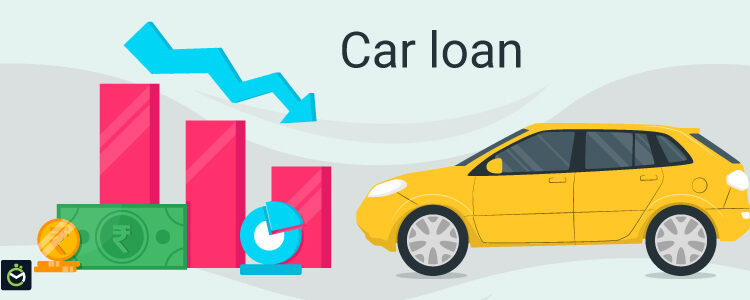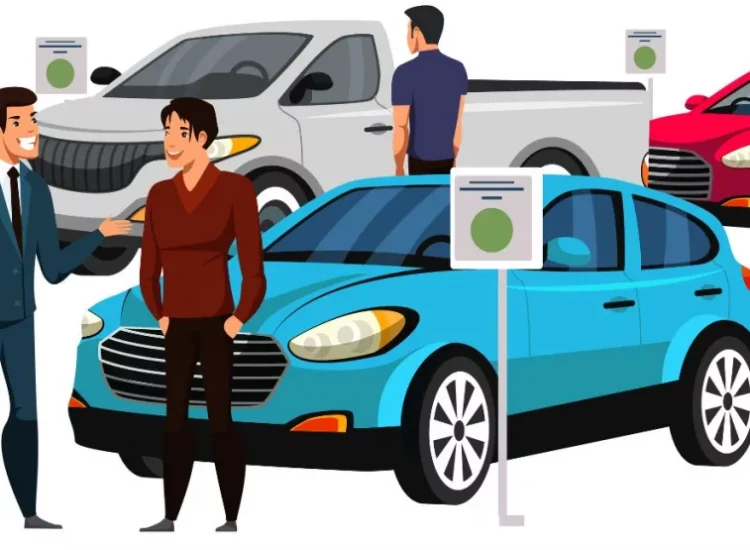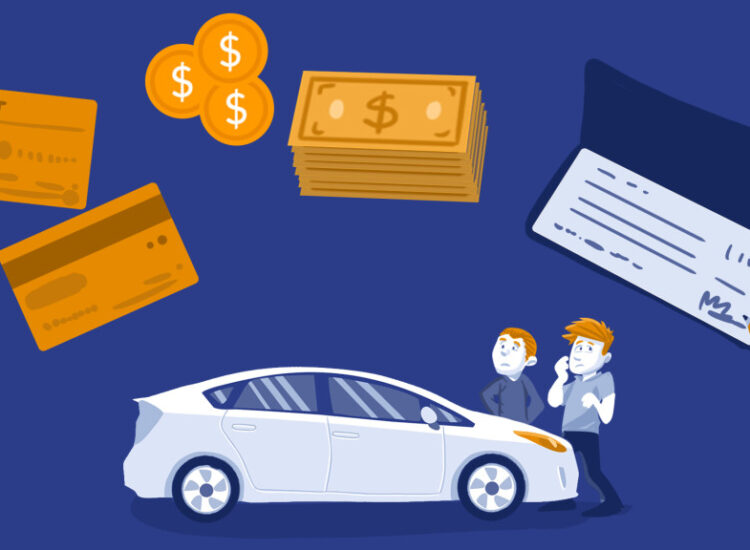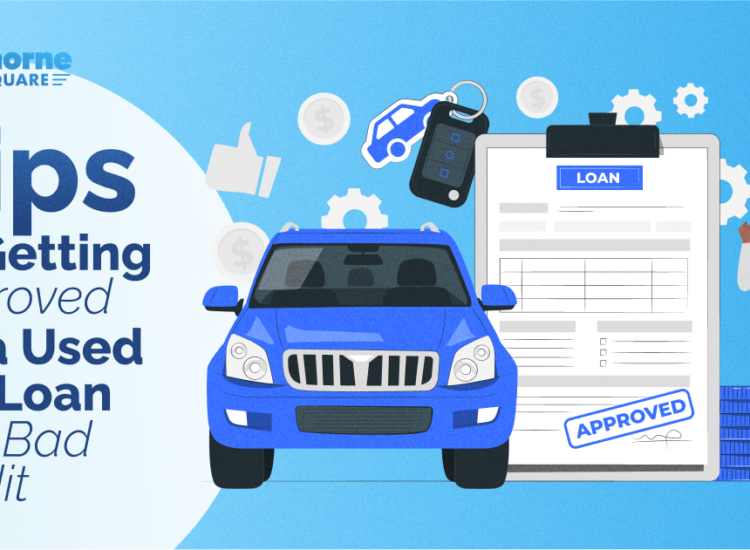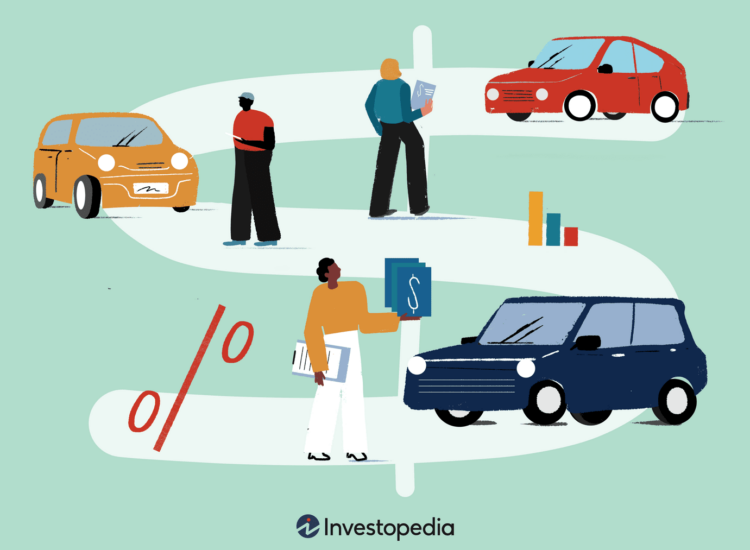Purchasing a vehicle is a significant financial undertaking, and for the vast majority of buyers, securing an auto loan is a necessary step. While the focus is often on the vehicle’s price and the resulting monthly payment, a critical factor that profoundly impacts the total cost of the loan and, consequently, your overall financial outlay, is the auto loan interest rate. The auto loan interest rate, often referred to as car loan rates, represents the cost of borrowing the principal amount from a lender. It is the percentage charged on the outstanding loan balance, determining how much extra you pay over the life of the loan for the privilege of borrowing the funds. Understanding auto loan rates is paramount to making informed decisions about car financing. Not all borrowers receive the same rate, and even a small difference in the interest rate can translate into significant savings or additional costs over the loan term. Factors ranging from your personal creditworthiness to prevailing market conditions play a vital role in determining the auto loan rates you are offered. This comprehensive guide will delve deep into the world of auto loan rates, explaining what they are, discussing the key factors affecting auto loan rates, providing strategies on how to get lower auto loan rates, and outlining how to effectively compare auto loan rates to secure the best auto loan rates possible for your car financing needs when you get an auto loan.
Toc
Understanding Auto Loan Rates: The True Cost of Borrowing for a Vehicle

At the heart of any auto loan is the interest rate – the fee charged by the lender for lending you money. While seemingly a simple percentage, the auto loan interest rate has a direct and substantial impact on both your immediate monthly payment and the cumulative cost of your vehicle loan over the entire loan term. Understanding what auto loan rates represent and how they are calculated is the first step in navigating the car financing process effectively.
What are Auto Loan Rates? Defining the Interest Rate and APR
Auto loan rates, or car loan rates, are expressed as a percentage and represent the cost a lender charges you to borrow money for purchasing a vehicle. This percentage is applied to the outstanding principal balance of the loan over the loan term. There are two key terms to understand when discussing auto loan rates: the interest rate and the Annual Percentage Rate (APR).
The interest rate is the percentage charged on the principal balance. It directly determines the amount of interest that accrues over time. However, the auto loan APR is typically a more comprehensive measure of the total cost of borrowing. The auto loan APR includes not only the interest rate but also certain fees associated with originating the loan, such as administrative fees, documentation fees, or other charges from the lender. Expressed as an annual percentage, the auto loan APR provides a standardized way to compare the overall cost of loans from different lenders, taking into account these additional fees. When compare auto loan rates, it is crucial to compare the APR, as this gives you a clearer picture of the true expense of the car financing. A loan with a seemingly lower interest rate might have higher fees, resulting in a higher overall APR than a loan with a slightly higher interest rate but no fees. Understanding this distinction is vital for accurately assessing the auto loan rates you are being offered.
Why Auto Loan Rates Vary So Much: The Complexity of Pricing
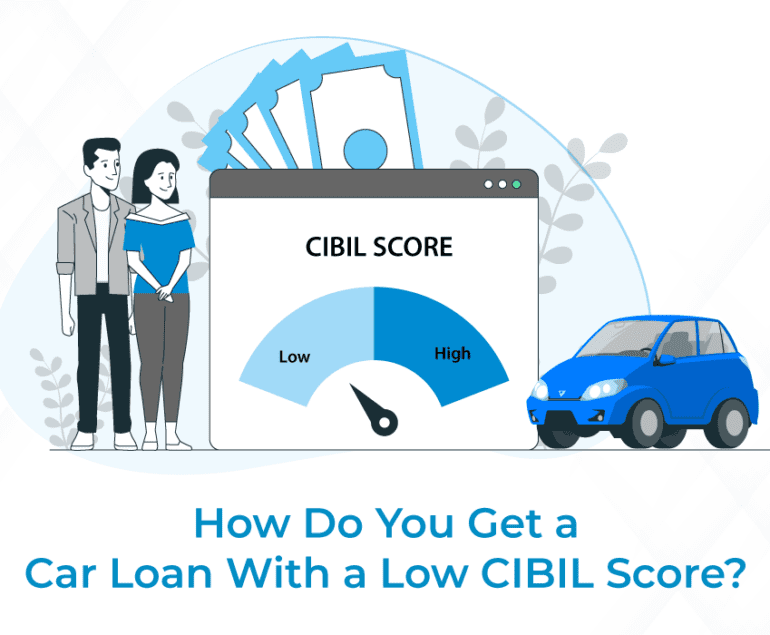
One of the first things borrowers notice when shopping for car financing is that auto loan rates are not uniform. The rate offered to one borrower for a specific vehicle and loan term can be significantly different from the rate offered to another. This variability stems from the fact that lenders price auto loans based on a complex assessment of the risk involved in lending to a particular borrower and for a specific vehicle.
Lenders evaluate several factors to determine the likelihood that a borrower will repay the loan as agreed. The higher the perceived risk of default, the higher the auto loan interest rate will likely be to compensate the lender for that increased risk. Conversely, borrowers deemed lower risk typically qualify for more favorable, lower car loan rates. This risk assessment is the primary driver behind the wide range of auto loan rates seen in the market. Furthermore, the specific details of the loan itself, the type of vehicle being financed, and the prevailing economic conditions all contribute to the final auto loan rates offered. Understanding these underlying reasons helps borrowers navigate the process of get an auto loan and manage their expectations regarding the auto loan rates they might qualify for. It highlights that auto loan rates are not arbitrary but are calculated based on a multitude of interconnected factors.
The Impact of Auto Loan Interest Rates on Your Monthly Payment and Total Loan Cost
The auto loan interest rate has a direct and significant impact on both your immediate financial burden (the monthly payment) and the long-term cost of your auto loan (the total amount paid over the loan term).
1. https://sanduocpham.com.vn/mmoga-understanding-the-auto-loan-a-key-to-vehicle-ownership/
3. https://sanduocpham.com.vn/mmoga-exploring-vehicle-financing-getting-an-auto-loan-with-capital-one/
A higher auto loan interest rate results in a higher monthly payment, assuming the loan principal and loan term remain constant. This is because a larger portion of each payment is allocated to covering the interest accrued on the outstanding principal balance. Conversely, a lower auto loan interest rate leads to a lower monthly payment, making the vehicle seem more affordable on a month-to-month basis.
More importantly, the auto loan interest rate has a dramatic impact on the total amount of interest paid over the entire loan term and, consequently, the total cost of the loan. Over a typical loan term of several years, even a difference of one or two percentage points in the auto loan interest rate can amount to hundreds or even thousands of dollars in additional interest paid over the life of the loan. For example, a $20,000 auto loan repaid over 60 months at 5% APR will result in significantly less total interest paid than the same loan amount and loan term at 7% APR. The auto loan interest rate is a compounding factor; higher rates accrue more interest earlier in the loan term, which keeps the principal balance higher for longer, leading to more interest accruing in subsequent periods. Using an auto loan calculator is the most effective way to visualize this impact, allowing you to input different auto loan rates and see how they change your estimated monthly payment and the total interest paid over the chosen loan term. Understanding this impact underscores why securing the lowest possible auto loan rates is a crucial goal when seeking car financing.
Key Factors Affecting Auto Loan Rates: What Lenders Consider
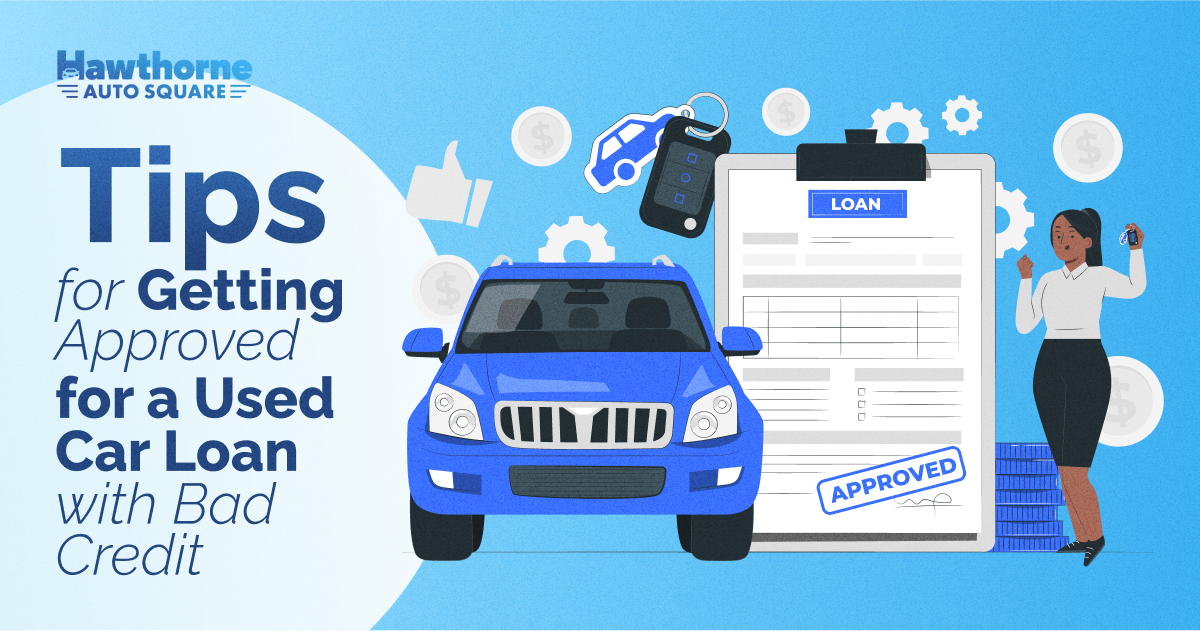
When you apply for auto loan financing, lenders evaluate a range of information to determine your eligibility and the specific auto loan rates they can offer you. These are the key factors affecting auto loan rates, and understanding them allows you to anticipate your potential terms and work towards improving your eligibility for better car loan rates.
Your Credit Score: The Most Significant Driver of Car Loan Rates
Without question, your credit score is the single most influential factor determining the auto loan rates you will be offered. Lenders use your credit score as a primary indicator of your creditworthiness and the likelihood that you will repay the loan on time.
Credit scores, calculated by credit bureaus based on your credit history, range from poor to excellent. Borrowers with excellent credit scores (typically in the high 700s or above) are considered the lowest risk and consistently qualify for the best auto loan rates available in the market. As your credit score decreases, the perceived risk to the lender increases, resulting in progressively higher auto loan rates. Borrowers with poor credit scores may face significantly higher interest rates or may find it difficult to get an auto loan at all, except from subprime lenders who charge very high car loan rates to compensate for the increased risk. A strong credit score auto loan connection means that prioritizing building and maintaining a good credit history is one of the most effective ways to secure favorable car loan rates. Your payment history, the amount of debt you owe, the length of your credit history, and your credit mix all contribute to your credit score, making them indirect factors affecting auto loan rates. Checking your credit score auto loan readiness before you apply for auto loan is a wise first step.
Loan Details: How Loan Term, Loan Amount, and Down Payment Influence Rates
Beyond your creditworthiness, specific details about the auto loan itself play a significant role among the factors affecting auto loan rates. The loan term, the amount you borrow, and how much you contribute upfront all influence the rate offered.
- Loan Term: The length of time you take to repay the loan (loan term) is a crucial factor. While a longer loan term lowers your monthly payment, it usually results in a slightly higher auto loan interest rate. This is because the lender is exposed to the risk of non-payment for a longer period. Conversely, shorter loan terms often come with lower auto loan rates. This presents a trade-off between monthly affordability and the total cost of the loan.
- Loan Amount: The amount of money you borrow can sometimes influence the auto loan interest rate. While less impactful than credit score or loan term, very small or very large loan amounts might sometimes see slight variations in rates, depending on the lender’s policies and appetite for different loan sizes.
- Down Payment: The size of your down payment also acts as one of the factors affecting auto loan rates. Making a larger down payment reduces the amount you need to borrow and signals to the lender that you are financially committed to the vehicle. This lowers the lender’s risk, often helping you qualify for lower car loan rates. A smaller or no down payment increases the lender’s risk, potentially leading to higher rates.
Understanding how these loan-specific details impact auto loan rates allows you to use an auto loan calculator to model different scenarios and make informed decisions about your loan term and down payment when planning your car financing.
Vehicle and Market Dynamics: New vs. Used and Prevailing Current Auto Loan Rates

The type of vehicle being financed and the broader economic environment are also important factors affecting auto loan rates. These are external factors that influence the rates available in the market.
- New vs. Used Vehicle: Auto loan rates for new cars are almost always lower than those for used cars. New vehicles generally depreciate at a slower rate initially and are considered less risky collateral by lenders. Used vehicles, particularly older ones with higher mileage, are considered higher risk due to potential maintenance issues and faster depreciation, leading to higher car loan rates.
- Vehicle Specifics (Used Cars): For used cars, factors like the vehicle’s age, mileage, and overall condition can also influence the auto loan interest rate. Lenders may have limits on the age or mileage of vehicles they will finance, and loans for older or high-mileage vehicles may come with higher rates or shorter available loan terms.
- Market Conditions: The overall economic climate and the prevailing interest rates set by the Federal Reserve (in the U.S.) influence the current auto loan rates offered by all lenders. When the Federal Reserve raises or lowers interest rates, this impacts the cost of funds for lenders, which in turn affects the auto loan rates they offer to consumers. While I cannot provide real-time current auto loan rates or average auto loan rates, understanding that these fluctuate based on market conditions is important when you get an auto loan. The competitive landscape among lender auto loan providers also influences available rates.
These factors, combined with your creditworthiness and the specific loan details, collectively determine the auto loan rates you will be offered when you apply for auto loan financing.
1. https://sanduocpham.com.vn/mmoga-understanding-the-percentage-what-are-auto-loan-percentage-rates/
2. https://sanduocpham.com.vn/mmoga-understanding-the-auto-loan-a-key-to-vehicle-ownership/
5. https://sanduocpham.com.vn/mmoga-exploring-vehicle-financing-getting-an-auto-loan-with-capital-one/
Securing the Best Auto Loan Rates: Strategies for Comparison and Negotiation
Knowing what influences auto loan rates is empowering. The next step is to use this knowledge to actively seek out and secure the best auto loan rates available to you. This involves strategic planning, careful comparison, and potentially negotiation.
How to Get Lower Auto Loan Rates: Actionable Steps to Improve Your Offer
Taking proactive steps can significantly improve your chances of qualifying for lower car loan rates. Focusing on how to get lower auto loan rates can save you a substantial amount of money over your loan term.
- Improve Your Credit Score: This is arguably the single most effective way to get lower auto loan rates. Pay bills on time, reduce outstanding credit card balances, avoid opening too many new credit accounts, and correct any errors on your credit report. A higher credit score auto loan connection means lower rates.
- Increase Your Down Payment: Making a larger down payment reduces the loan amount and lowers the lender’s risk, often resulting in a lower auto loan interest rate. It also decreases your monthly payment and the total interest paid regardless of the rate.
- Choose a Shorter Loan Term: While it increases your monthly payment, opting for a shorter loan term typically qualifies you for lower auto loan rates. If your budget allows, a shorter term saves you money in interest over the life of the loan.
- Shop Around Extensively: Do not accept the first offer you receive. Compare auto loan rates from multiple lenders (banks, credit unions, online lenders). Different lenders have different pricing models and eligibility requirements, and you might find a better rate elsewhere.
- Limit Your Debt-to-Income Ratio: Lenders look at your existing debt compared to your income. A lower debt-to-income ratio indicates you can handle additional debt, potentially leading to better auto loan rates.
- Be Ready to Negotiate: With pre-approval offers in hand from other lenders, you can potentially negotiate with the dealership’s finance department to see if they can match or beat your best outside offer.
Implementing these strategies can help you directly influence the auto loan rates you are offered when you get an auto loan.
Compare Auto Loan Rates Effectively: Shopping Around for the Best Auto Loan Rates
Effective comparison is crucial for finding the best auto loan rates available to you. Simply looking at advertised rates is not enough; you need to compare actual offers based on your specific financial profile.
- Get Pre-Approved by Multiple Lenders: Apply for auto loan pre-approval with at least 2-3 different types of lenders (e.g., a local credit union, a national bank, and an online lender). Pre-approval gives you a concrete offer, including the estimated loan amount, auto loan interest rate (APR), and loan term, based on your creditworthiness. Do this within a short timeframe (usually 14-45 days) to minimize the impact on your credit score.
- Compare APRs, Not Just Interest Rates: As discussed, the auto loan APR includes fees and is a better indicator of the total borrowing cost. Always compare auto loan rates using the APR.
- Use an Auto Loan Calculator for Comparison: Input the specific terms (loan amount, APR, loan term) from each pre-approval offer into an auto loan calculator. See how the monthly payment and total interest paid compare for each offer. This quantifies the difference the auto loan rates make.
- Read the Fine Print: Review the terms and conditions of each offer carefully. Look for any hidden fees, prepayment penalties, or restrictions.
- Consider Loan Terms Alongside Rates: While lower auto loan rates are important, also compare the offered loan terms and any associated fees. A slightly higher rate with a much shorter, manageable loan term might be preferable to a slightly lower rate with a very long term that significantly increases total interest paid. Compare auto loan rates in the context of the entire loan structure.
By diligently comparing offers using these methods, you increase your chances of securing the best auto loan rates and most favorable terms for your car financing. This systematic approach to compare auto loan rates is essential.
Leveraging Knowledge: Using Tools and Information to Negotiate Your Car Loan Rates
Armed with knowledge about what influences auto loan rates and actual pre-approval offers, you gain significant leverage when finalizing your car financing.
- Know Your Credit Score: Understand that your credit score auto loan connection is key. Knowing your score helps you understand why you qualify for certain auto loan rates and what range of rates is realistic for you.
- Have Pre-Approved Offers in Hand: This is your strongest negotiation tool. When discussing financing at the dealership, present your best pre-approved offer. The dealership’s finance department often works with multiple lenders, including their own financing arms, and may be able to match or beat your outside offer to secure your business. Having a firm offer from a competing lender auto loan provider gives you a benchmark.
- Negotiate the Car Price Separately: Ideally, finalize the purchase price of the vehicle before discussing car financing. This allows you to focus solely on getting the best price for the car itself without the financing muddying the waters. Once the price is set, you can then focus on securing the best auto loan rates.
- Use an Auto Loan Calculator During Negotiation: While at the dealership, use your auto loan calculator to quickly assess any financing offers they present. Input their proposed rate and loan term to see the monthly payment and total cost, comparing it immediately to your pre-approved offers. This helps you make quick, informed decisions about the auto loan rates they are proposing.
- Understand the Dealer’s Incentives: Be aware that dealerships may sometimes offer manufacturer incentives (like 0% APR) that are tied to using their financing. Compare the total cost of the vehicle with the incentive financing versus without the incentive but using your lower outside auto loan rates. Sometimes the cash rebate is worth more than the low-interest financing, even with a slightly higher rate from your own lender auto loan.
Leveraging your knowledge of auto loan rates, your pre-approval offers, and tools like an auto loan calculator puts you in a powerful position to negotiate and secure the most favorable car loan rates for your car financing, maximizing your savings over the loan term. This is the culmination of an effective auto loan process.
In conclusion, understanding auto loan rates is paramount to securing affordable car financing. Auto loan interest rates represent the cost of borrowing and significantly impact your monthly payment and total loan cost over the loan term. Numerous factors affecting auto loan rates, with credit score auto loan connection being the most significant, along with loan term, down payment, vehicle type, and market conditions, determine the rates offered by a lender auto loan provider. To secure the best auto loan rates, borrowers should take proactive steps on how to get lower auto loan rates (improve credit, increase down payment, choose a shorter term), diligently compare auto loan rates from multiple lenders (focusing on APR), and leverage pre-approval offers and an auto loan calculator to negotiate during the auto loan process. By actively managing these elements when you get an auto loan, you can navigate the world of car loan rates effectively, reduce your borrowing costs, and achieve more favorable car financing for your vehicle purchase.
